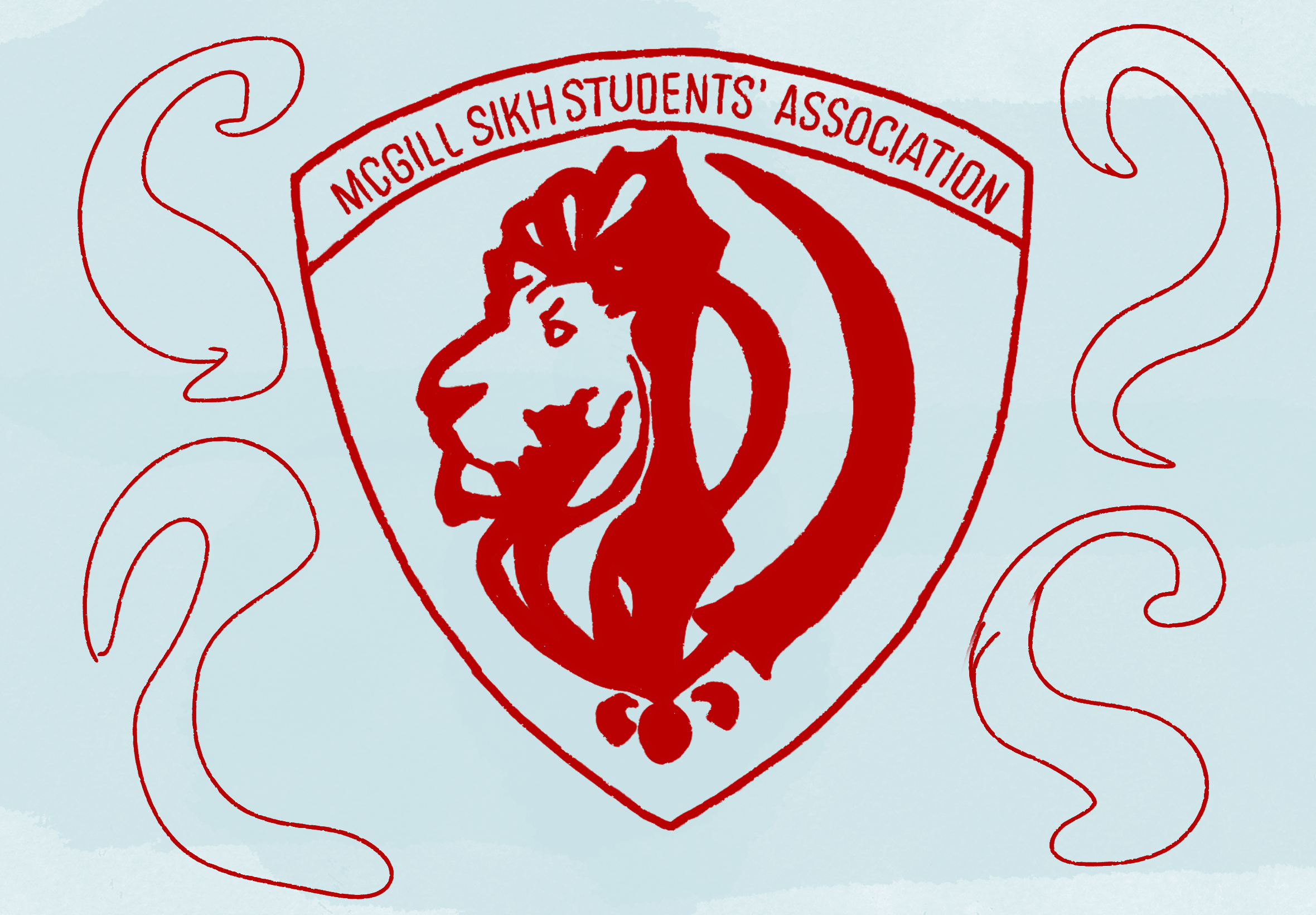
This past Sunday, I joined 35,000 other runners and toed the line in the Chicago marathon. I also had four midterms scheduled in the six days surrounding the race, making for one exhausting week. Surprisingly, I’ve learned that running 26.2 miles and staying up all night follow a similar process, both mentally and physically.
Preparation
Marathon: Hydration, carbohydrates, and a touch of caffeine are the keys to propelling yourself by foot over 26.2 miles. Runners must drink their weight in water, and eat at least three pounds of whole wheat pasta the day before the race. This ultimately leads to an excessive number of trips to port-a-potties on race day.
All-nighter: Drink at least one cup of coffee per hour, and follow it up with some water (Redpath gets hot). Any experienced student also knows the importance of planning snacks for the late-night munchies.
Adrenaline at the start
Marathon, Mile 1: Tens of thousands of spectators hoot and holler in the first 1,600 metres of the marathon, making for an exciting start to the race. Loud cheering, painted signs, and the surge of adrenaline that comes with the start provide the runners with the confidence that they can run another 25.2 miles.
All-nighter, 9 p.m.: Midterm- and essay-plagued students file into Redpath, optimistic about the night ahead. Their papers may be due in 15 hours, but that’s plenty of time to write 12,000 words. If all goes well, they may even be home for a quick nap by 5 a.m.
The first half
Marathon, Mile 13: The first 13.1 miles go by in a flash, without so much as a break in the runners’ strides. They’ve covered this distance dozens of times in the past four months of training. As runners get into their zones, water stations seem superfluous. But with 13.1 more miles to go, fear looms ahead.
All-nighter, 1 a.m.: The first half of the textbook was a joke—just a review of high school material. While it’s tempting to once again review the material you already knew, the real work lies untouched. But before that, it’s time for a coffee break.
Back and forth
Marathon, Miles 14-20: Lactic acids starts to build in the quadriceps, glutes, and arms, and runners’ once-fluid form begins to decline. The next six miles are a combination of surges, relaxed running, and a bit of painful hobbling.
All nighter, 3 a.m.: Fingers ache from typing, and eyelids droop as late-night studiers slow their pace. The once fast-paced studying is a medley of coffee breaks, Facebook stalking, and the occasional topic sentence or chapter summary.
The wall
Marathon, Mile 21: The notorious wall hits. Depleted of endorphins and glycogen reserves, the body can’t use fat for energy, and must now slowly eat away at muscle fibres. This results in a whole-body ache. Regret sets in as athletes desperately try to put one foot in front of the other. Many slow to a walk on the sidelines, and only a few of them return to finish. Despite the roaring crowds and thousands of other suffering runners, everyone is completely and totally alone.
All-nighter, 5 a.m.: Reading groups, a friend’s notes, or a stolen paper outline don’t matter anymore. You have only a few hours to go and no amount of coffee will help you get that A. Anger—toward professors, toward yourself, but most of all, toward that kid sniffling next to you—is the only emotion you have left. Others just can’t take it, and head to the stacks for a nervous breakdown.
Unreasonable optimism
Marathon, Mile 24: After running for 24 miles, 2.2 is child’s play. Pained grunts turn into ecstatic cheers in the final surge.
All-nighter, 6 a.m.: The sun is rising, and you haven’t accomplished half of what you set out to do, but an overwhelming feeling of calm and acceptance abounds with the start of new day, allowing for one last push.







